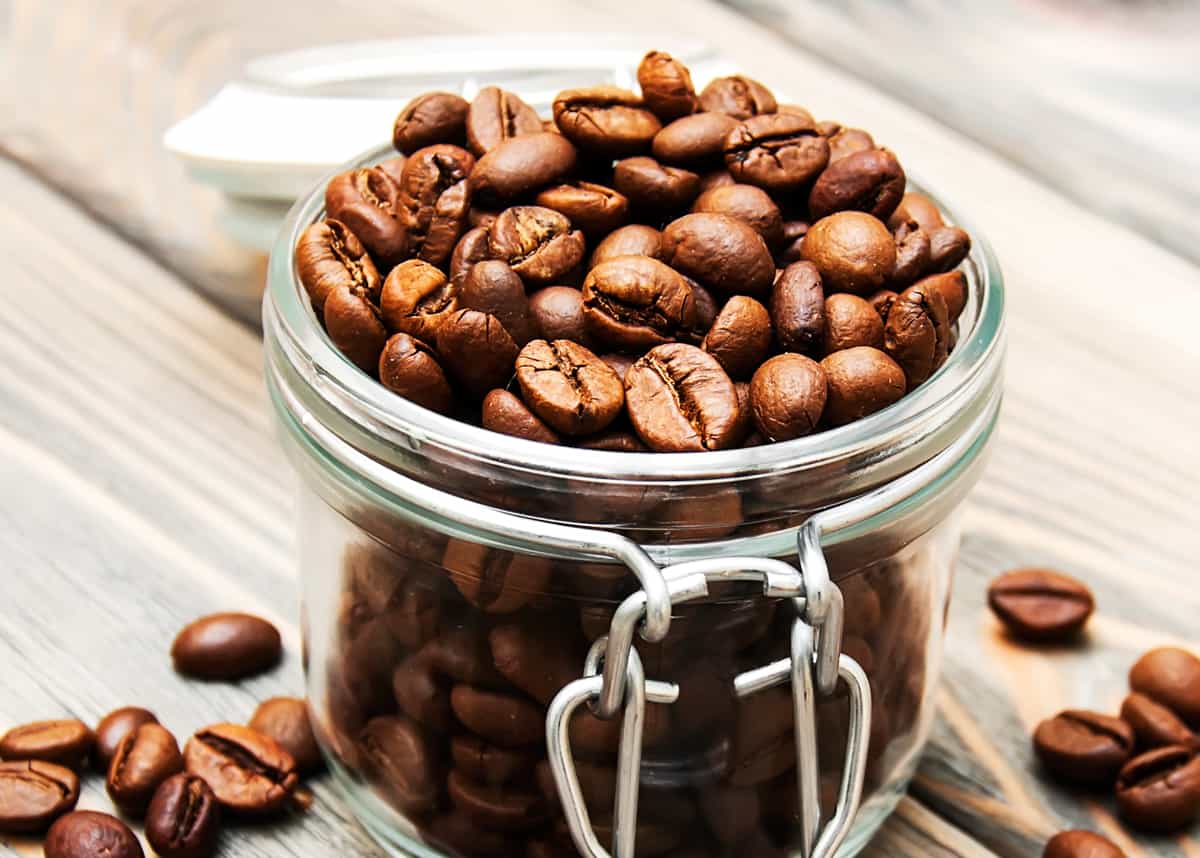

Articles
How To Store Fresh Coffee Beans
Modified: January 18, 2024
Learn the best methods for storing fresh coffee beans to ensure they stay flavorful and aromatic for longer. Check out our informative articles on coffee storage today!
(Many of the links in this article redirect to a specific reviewed product. Your purchase of these products through affiliate links helps to generate commission for Storables.com, at no extra cost. Learn more)
Introduction
Welcome to the world of coffee aficionados! If you’re someone who appreciates the art and science of brewing a perfect cup of joe, then you already know that the quality of the coffee beans is vital to the flavor and aroma of your favorite beverage. But did you know that proper storage of fresh coffee beans is just as important as the brewing process itself? In this article, we will dive deep into the world of coffee storage and explore the best practices for ensuring your beans remain fresh for as long as possible.
When it comes to coffee, freshness is key. The moment coffee beans are roasted, a complex chemical process begins. Carbon dioxide is released, and volatile oils and flavors are at their peak. As time goes by, the carbon dioxide escapes, and the oils and flavors begin to degrade, resulting in a loss of quality and taste. The goal of proper coffee bean storage is to minimize the exposure of the beans to oxygen, moisture, light, and heat – the primary culprits responsible for the deterioration of flavor.
Before we dig deeper into the intricacies of coffee bean storage, let’s explore the factors that can affect the freshness of your beans. By understanding these factors, you will be better equipped to preserve the quality of your coffee and savor every sip of your brew.
Key Takeaways:
- Proper storage of coffee beans is crucial to maintain freshness, flavors, and aromas. Understanding factors like oxygen exposure, light, and temperature empowers coffee enthusiasts to preserve the quality of their beans and enjoy exceptional brews.
- Choosing the right container, storing in a cool, dark place, and consuming freshly roasted beans within a few weeks are key practices for preserving coffee bean freshness. Experimenting with storage durations helps coffee lovers find the perfect balance for their taste preferences.
Read more: How To Store Coffee Beans For Freshness
Understanding the Importance of Proper Coffee Bean Storage
Proper coffee bean storage is crucial because it directly impacts the taste, aroma, and overall quality of your brewed coffee. The moment coffee beans are roasted, they begin to release carbon dioxide and volatile oils, both of which contribute to the unique flavors and aromas we associate with coffee. However, these elements are also highly susceptible to oxidation and degradation.
When coffee beans are exposed to oxygen, moisture, light, and heat, their flavors and aromas begin to deteriorate rapidly. Oxygen is a primary culprit in the staling process as it oxidizes the natural oils in the beans, resulting in a rancid or flat taste. Moisture, whether it’s from humidity or improper storage, can lead to mold or mildew growth on the beans, rendering them unusable. Light, particularly UV light, can cause the beans to become stale and lose their vibrant flavors. Finally, heat accelerates the chemical reactions within the beans, speeding up the deterioration process.
By understanding these factors, you can implement proper coffee storage techniques to ensure that your beans retain their optimum quality for as long as possible. Not only will this enhance the flavor and aroma of your coffee, but it will also allow you to fully appreciate and enjoy the nuances of different coffee beans.
Proper storage not only preserves the flavors, but it also helps to maintain the quality of the coffee beans. By preventing oxidation and staling, you can avoid the unpleasant taste of stale coffee and ensure that your favorite beans are always at their best. So, let’s delve into the best practices for storing fresh coffee beans, keeping them in peak condition until you’re ready to enjoy them.
Factors Affecting Coffee Bean Freshness
Several factors can significantly impact the freshness of coffee beans. Understanding these factors will help you make informed decisions about how to properly store your beans and maximize their shelf life.
1. Oxygen Exposure: Oxygen is one of the primary enemies of coffee freshness. When coffee beans are exposed to oxygen, they undergo a process called oxidation, which leads to the degradation of flavors and aromas. To minimize oxygen exposure, it’s important to store your coffee beans in airtight containers, preventing the ingress of air and preserving their freshness.
2. Moisture Content: Moisture is another critical factor to consider when storing coffee beans. Excessive moisture can lead to the growth of mold and mildew, resulting in spoiled beans. It’s crucial to keep your coffee beans in a dry environment and avoid storing them in places with high humidity, such as the refrigerator or near a sink.
3. Light Exposure: Light, especially UV light, can also have a detrimental effect on coffee beans. UV light speeds up the oxidation process, causing the beans to go stale more quickly. To protect your beans from light exposure, store them in opaque, airtight containers and keep them away from direct sunlight.
4. Temperature Fluctuations: Temperature plays a significant role in preserving the freshness of coffee beans. Excessive heat can accelerate the degradation of flavors and aromas, while extreme cold temperatures can cause the beans to absorb moisture. It’s essential to store your coffee beans in a cool, consistent environment, away from sources of heat such as stovetops, ovens, or direct sunlight.
5. Freshly Ground vs. Pre-Ground Beans: It’s worth noting that whole coffee beans have a longer shelf life compared to pre-ground coffee. When beans are ground, their surface area increases, which exposes more of the coffee to air and accelerates the oxidation process. Therefore, it’s recommended to grind your coffee beans just before brewing for the freshest flavor.
By understanding and addressing these factors, you can ensure that your coffee beans remain as fresh as possible, preserving their exceptional flavors and aromas for the ultimate brewing experience.
Best Practices for Storing Fresh Coffee Beans
To maintain the freshness and flavor of your coffee beans, it’s important to follow some best practices for storage. These practices will help you preserve the characteristics of your beans and ensure a delicious cup of coffee every time.
1. Use Airtight Containers: The key to keeping your coffee beans fresh is to minimize their exposure to air. Invest in airtight containers made of glass or stainless steel with a secure seal. Avoid using plastic containers as they can retain odors and affect the taste of your coffee.
2. Store in a Cool, Dark Place: Both temperature and light can degrade the quality of coffee beans. Store your airtight containers in a cool, dark place such as a pantry or cupboard. Avoid placing them near heat sources, as excessive heat can accelerate the staling process. It’s also vital to keep beans away from direct sunlight to prevent UV light from damaging their flavors.
3. Grind Beans When Needed: Whole beans maintain their freshness longer than pre-ground coffee. Whenever possible, grind your beans just before brewing. This ensures the maximum aroma and flavor in your cup of coffee, as ground coffee quickly loses its freshness due to increased surface area exposed to air.
4. Avoid Freezing Coffee Beans: While it may seem tempting to store your coffee beans in the freezer to prolong their freshness, it’s generally not recommended. The moisture and temperature fluctuations in the freezer can impact the quality of the beans and introduce unwanted flavors. Instead, follow the best practice of purchasing small batches of beans to ensure you’re always using freshly roasted coffee.
5. Buy Freshly Roasted Beans: To start with the freshest beans possible, consider buying coffee from local roasters or specialty shops that offer freshly roasted beans. Look for the roasting date on the packaging, and try to consume the beans within a few weeks of that date for optimal flavor.
6. Avoid Decanting: It’s important to keep the coffee beans in their original airtight packaging until you’re ready to use them. Transferring beans to different containers exposes them to air and can accelerate the staling process. If you must decant them, ensure that the new container is also airtight and suitable for coffee bean storage.
By following these best practices, you can extend the shelf life of your coffee beans and enjoy a consistently fresh and flavorful cup of coffee. Remember, investing a little extra effort in proper storage techniques will elevate your coffee brewing experience to new heights.
Choosing the Right Container for Coffee Bean Storage
When it comes to storing your precious coffee beans, choosing the right container is crucial for maintaining their freshness and quality. The container you select should protect the beans from oxygen, moisture, light, and heat while preserving their aroma and flavor. Here are some factors to consider when choosing a container for coffee bean storage.
1. Airtightness: The most important feature of a coffee bean storage container is its airtightness. It should have a secure seal that prevents the entry of oxygen, which can quickly degrade the coffee beans. Look for containers with rubber gaskets or silicone seals to ensure an airtight environment.
2. Material: Coffee bean containers are available in various materials, such as glass, stainless steel, ceramic, or even specially designed coffee canisters. Glass and stainless steel are excellent choices as they are non-reactive and won’t absorb odors or flavors. If you prefer a more aesthetically pleasing option, ceramic containers can also work well, as long as they have an airtight seal.
3. Size: Consider the size of the container based on your coffee consumption. It’s best to store a smaller quantity of beans at a time to ensure freshness. Buying coffee in small batches and storing them in smaller containers will help you maintain the quality of your beans for a longer period.
4. UV Protection: Coffee beans are sensitive to light, especially UV rays, which can degrade their flavors. Choose a container that provides UV protection to shield the beans from direct sunlight. Opt for opaque or dark-colored containers that minimize light exposure and preserve the quality of your coffee beans.
5. Easy Accessibility: While an airtight container is essential, it’s also necessary to consider the ease of accessing your coffee beans. Look for containers with wide openings for convenient scooping or pouring. This will help minimize the time the container is left open, reducing the exposure of the beans to air.
6. Design and Durability: Ultimately, the design and durability of the container play a role in ensuring a long-lasting storage solution. Choose a container that fits seamlessly into your kitchen or coffee brewing area. Additionally, opt for a container that is sturdy and well-built to withstand daily use and protect your coffee beans from accidental damage.
Remember, investing in a high-quality container for coffee bean storage is an investment in the freshness and flavor of your coffee. By choosing the right container, you can preserve the delicate flavors and enticing aromas of your beans, ensuring a delightful cup of coffee every time you brew.
Store fresh coffee beans in an airtight container at room temperature, away from light, heat, and moisture. Avoid storing them in the fridge or freezer as they can absorb odors.
Read more: How To Store Fresh Roasted Coffee Beans
The Role of Temperature and Humidity in Coffee Bean Storage
Temperature and humidity are critical factors when it comes to properly storing coffee beans. These two elements can greatly affect the freshness, flavor, and overall quality of your beans. Understanding the role of temperature and humidity will help you create the optimal storage conditions for your coffee beans.
Temperature: Coffee beans are sensitive to temperature. Excessive heat can accelerate the breakdown of the delicate oils and flavors, resulting in a loss of quality and taste. It’s crucial to store your coffee beans in a cool environment. Ideally, the temperature should be between 50°F (10°C) and 70°F (21°C). Avoid storing your beans near heat sources such as stovetops, ovens, or direct sunlight, as these can significantly elevate the internal temperature of the storage area.
Humidity: Humidity, or the level of moisture in the air, can impact the freshness and quality of coffee beans. High humidity can cause the beans to absorb moisture, leading to mold and mildew growth. On the other hand, very low humidity can cause the beans to dry out and become stale. It’s best to store your beans in an environment with a humidity level of around 60%. Avoid storing them in areas with high humidity, such as near sinks or in the refrigerator, as this can introduce moisture to the beans.
One way to control both temperature and humidity is to store your coffee beans in a cool, dark place with relatively stable conditions, like a pantry or cupboard. This helps create an environment that protects the beans from extreme temperature fluctuations and excessive moisture.
Humidity can be a particular challenge in some regions, especially during humid summer months. To combat high humidity, you can use desiccant packets or silica gel packs inside your storage containers to absorb excess moisture. These packets help maintain a drier environment and extend the freshness of your coffee beans.
It’s important to note that sudden changes in temperature and humidity can impact the quality of coffee beans. Avoid temperature swings between hot and cold environments, as this can cause condensation to form inside the container and negatively affect the beans. Instead, aim for a consistent temperature and humidity level to ensure the optimal preservation of your coffee bean’s flavors and aromas.
By paying attention to temperature and humidity levels in your coffee bean storage area, you can create an environment that maximizes freshness and prolongs the life of your beans. With these factors in check, you’ll be well on your way to enjoying a consistently flavorful and aromatic cup of coffee with every brew.
Avoiding Light Exposure for Optimal Coffee Bean Freshness
Light exposure is one of the key enemies of coffee bean freshness. Just like heat and oxygen, light can have a detrimental effect on the flavors and aromas of your beloved beans. Understanding the impact of light and taking steps to avoid exposure is crucial for maintaining the optimal freshness and quality of your coffee beans.
UV Light and Oxidation: Ultraviolet (UV) light, in particular, is known to accelerate the oxidation process in coffee beans. When exposed to UV light, the natural oils and volatile compounds in the beans break down more rapidly, leading to a faster loss of freshness. This can result in a flat or stale taste in your brewed coffee, lacking the vibrant flavors and aromas you desire.
Types of Light to Avoid: It’s important to shield your coffee beans from all types of light, but UV light, specifically, is the most damaging. This includes natural sunlight as well as artificial light sources like fluorescent or LED lights. Even brief exposure to light can have an impact, so it’s crucial to store your beans in a dark environment as much as possible.
Choosing the Right Storage Container: When selecting a container for coffee bean storage, opt for opaque or darkened materials rather than clear or transparent ones. This reduces the amount of light that can reach the beans. Glass containers with dark-tinted or UV-blocking coatings are excellent choices. Alternatively, consider using stainless steel or ceramic containers, as they provide effective light protection.
Location and Storage Environment: Where you store your coffee beans is also important in avoiding light exposure. Keep them away from windows, bright lights, and other sources of direct or indirect light. Choose a cool, dark place such as a pantry, cupboard, or a dedicated coffee storage cabinet to store your beans.
Using Airtight and Opaque Bags: If you purchase whole bean coffee in bags, ensure that the bags are airtight and have an opaque or darkened material. This will help prevent light from reaching the beans and preserve their freshness. Consider transferring the beans to an airtight container for long-term storage if the bags are not designed for prolonged freshness.
Storing Ground Coffee: Ground coffee is even more susceptible to light exposure due to its increased surface area. To keep your ground coffee fresh, store it in airtight, opaque containers away from light sources. Consider grinding only what you need for immediate use to minimize light exposure and preserve the flavors until the brewing process.
By taking proactive measures to avoid light exposure, you can extend the freshness and enjoy the full potential of your coffee beans. Remember, a dark and airtight environment will help safeguard the delicate flavors and aromas, ensuring that each cup of coffee you brew is a true delight for your senses.
Length of Time for Coffee Bean Storage
Coffee beans, like any other perishable food item, have a finite shelf life. Their flavors and aromas are at their peak soon after roasting, but they gradually degrade over time. The length of time you can store coffee beans while maintaining their freshness depends on several factors, including the type of beans, roast level, and storage conditions.
Type of Beans: Different coffee beans have varying levels of freshness. Generally, Arabica beans, known for their superior quality and flavors, have a shorter shelf life compared to Robusta beans. Arabica beans tend to have more delicate and nuanced flavors that diminish over time, whereas Robusta beans are hardier and can retain their flavors for a slightly longer period.
Roast Level: The roast level of coffee beans can also impact their shelf life. Lighter roasts typically retain their flavors for a shorter duration compared to darker roasts. The longer and darker the roast, the more oils are extracted from the beans, which can help prolong the flavors. However, it’s worth noting that extremely dark roasts can also develop smoky or burnt flavors over time.
Storage Conditions: Proper storage conditions play a crucial role in preserving the freshness of coffee beans. As mentioned earlier, they should be stored in airtight containers in a cool, dark place, away from heat, moisture, and light. Following these storage practices will help extend the shelf life of your coffee beans and maintain their flavors and aromas for a longer period.
Freshness Window: While coffee beans can technically be stored for several months, they are at their best within the first few weeks after roasting. During this time, the flavors and aromas are most vibrant, providing an exceptional coffee experience. However, even beyond this window, coffee beans can still be brewed and enjoyed, albeit with a gradual loss in flavor and quality.
Personal Preference: Ultimately, the length of time you store your coffee beans depends on your personal taste preferences. Some coffee drinkers prefer their beans at their freshest, enjoying the vibrant flavors and aromas that come with consuming beans within a few weeks after roasting. Others may not mind a slight loss in freshness and prefer to store their beans for longer periods.
As a general guideline, it’s best to purchase coffee beans in smaller quantities and consume them within a few weeks to ensure the freshest flavors. If you buy coffee in larger quantities, consider dividing it into smaller portions and storing them in airtight containers to maintain freshness for as long as possible.
It’s important to experiment and find the storage duration that aligns with your taste preferences. Conduct taste tests along the way to determine how the flavors and qualities of the beans evolve over time. This will help you identify the ideal storage duration and ensure a satisfying cup of coffee with every brew.
Conclusion
Proper storage of coffee beans is essential for maintaining their freshness, flavors, and aromas. By following the best practices discussed in this article, you can ensure that your coffee beans deliver a delightful and satisfying cup of coffee every time you brew.
We explored the importance of proper coffee bean storage and the factors that can affect their freshness. Oxygen exposure, moisture, light, temperature, and humidity all play crucial roles in determining the longevity and quality of your coffee beans. Understanding these factors empowers you to make informed decisions and take proactive steps to preserve the flavors and aromas of your beans.
Choosing the right container for coffee bean storage is vital. Opt for airtight containers made of materials like glass or stainless steel to shield against oxygen exposure. Avoid clear containers and opt for opaque or darkened ones that protect your beans from harmful light, especially UV rays. Store your beans in a cool, dark place to maintain a consistent temperature and minimize humidity fluctuations.
When it comes to coffee bean storage, freshness matters. Aim to purchase freshly roasted beans and consume them within the first few weeks for the most vibrant flavors. Consider buying smaller quantities of beans to ensure you’re consistently enjoying the freshest coffee possible.
Remember, the ultimate goal is to savor every sip, appreciating the unique flavors and aromas of each coffee bean. Experiment with different storage durations to find the balance that suits your taste preferences. By implementing these practices, you’ll unlock the full potential of your coffee beans and elevate your coffee brewing experience.
So, whether you’re a casual coffee enthusiast or a dedicated coffee connoisseur, never underestimate the impact of proper coffee bean storage. Embrace the art of preserving freshness, and you’ll be rewarded with a cup of coffee that truly satisfies and invigorates your senses.
Frequently Asked Questions about How To Store Fresh Coffee Beans
Was this page helpful?
At Storables.com, we guarantee accurate and reliable information. Our content, validated by Expert Board Contributors, is crafted following stringent Editorial Policies. We're committed to providing you with well-researched, expert-backed insights for all your informational needs.
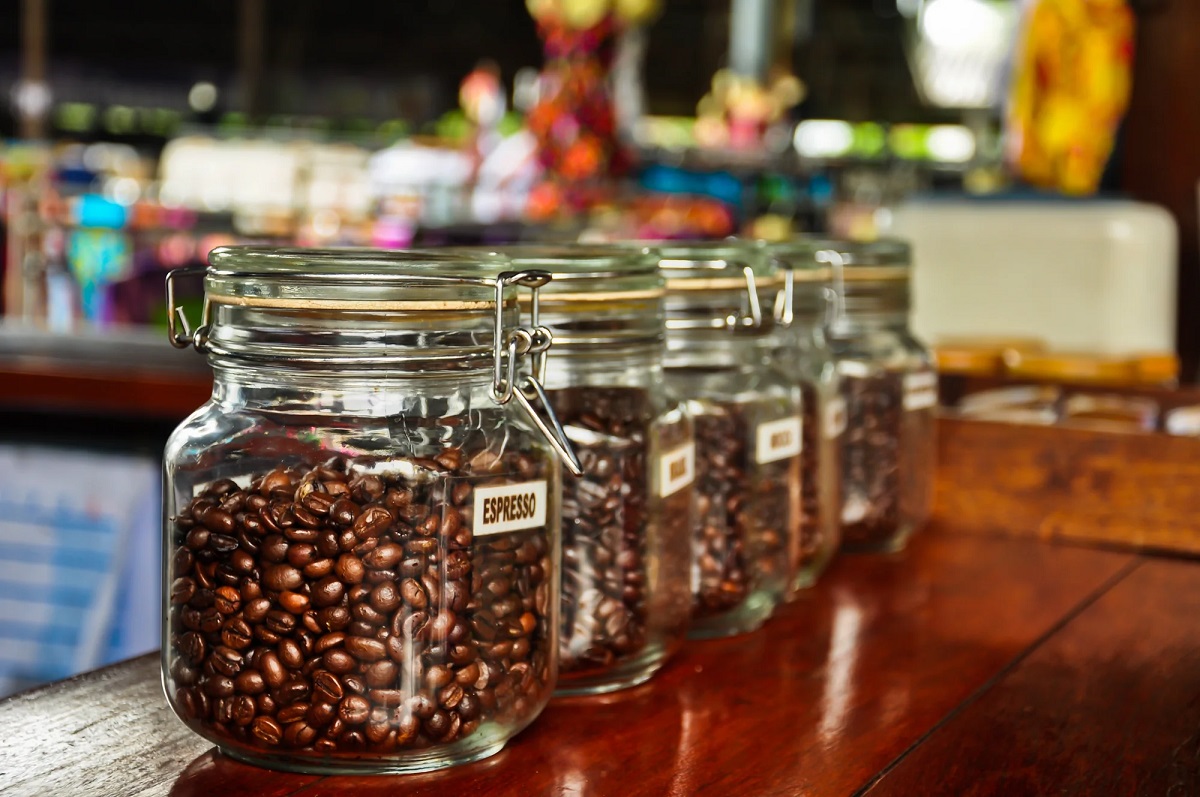
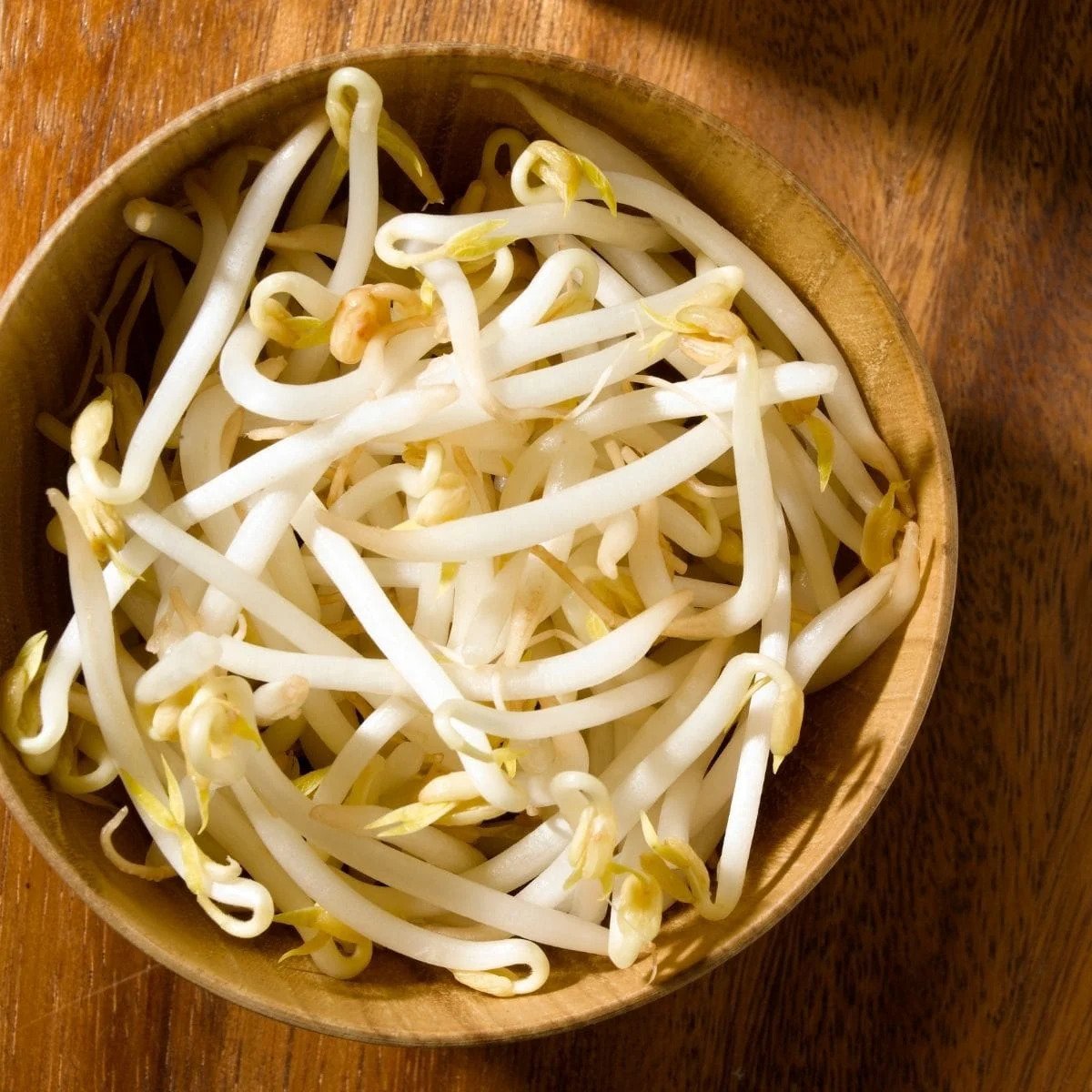
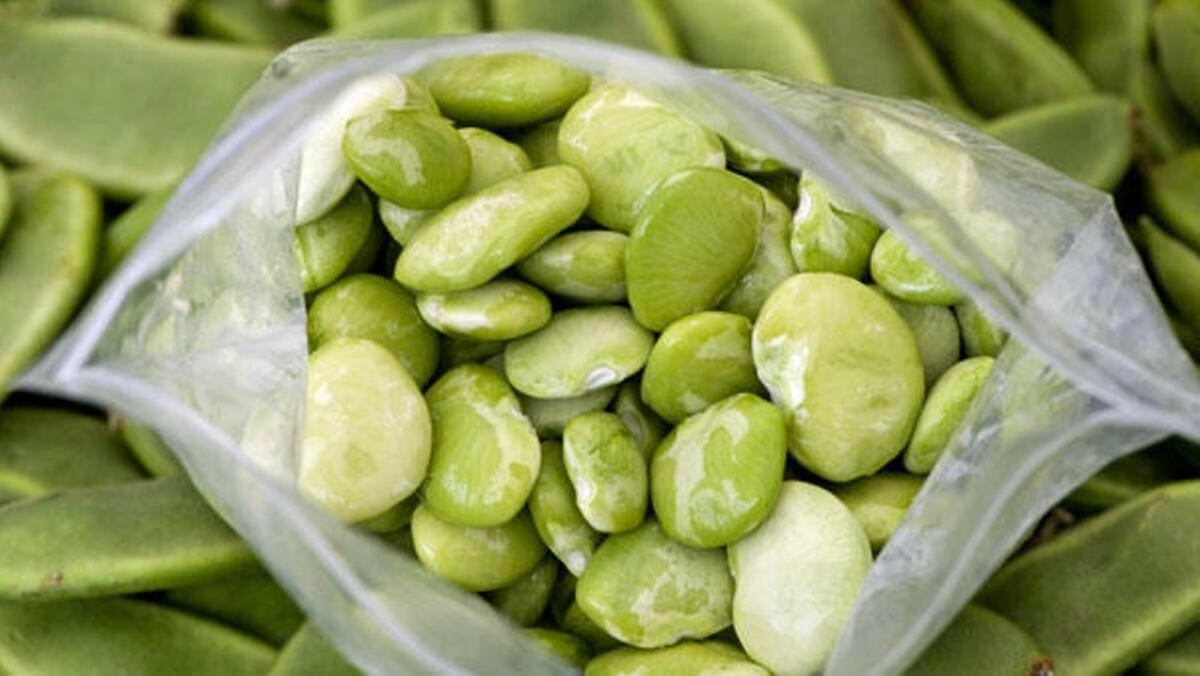
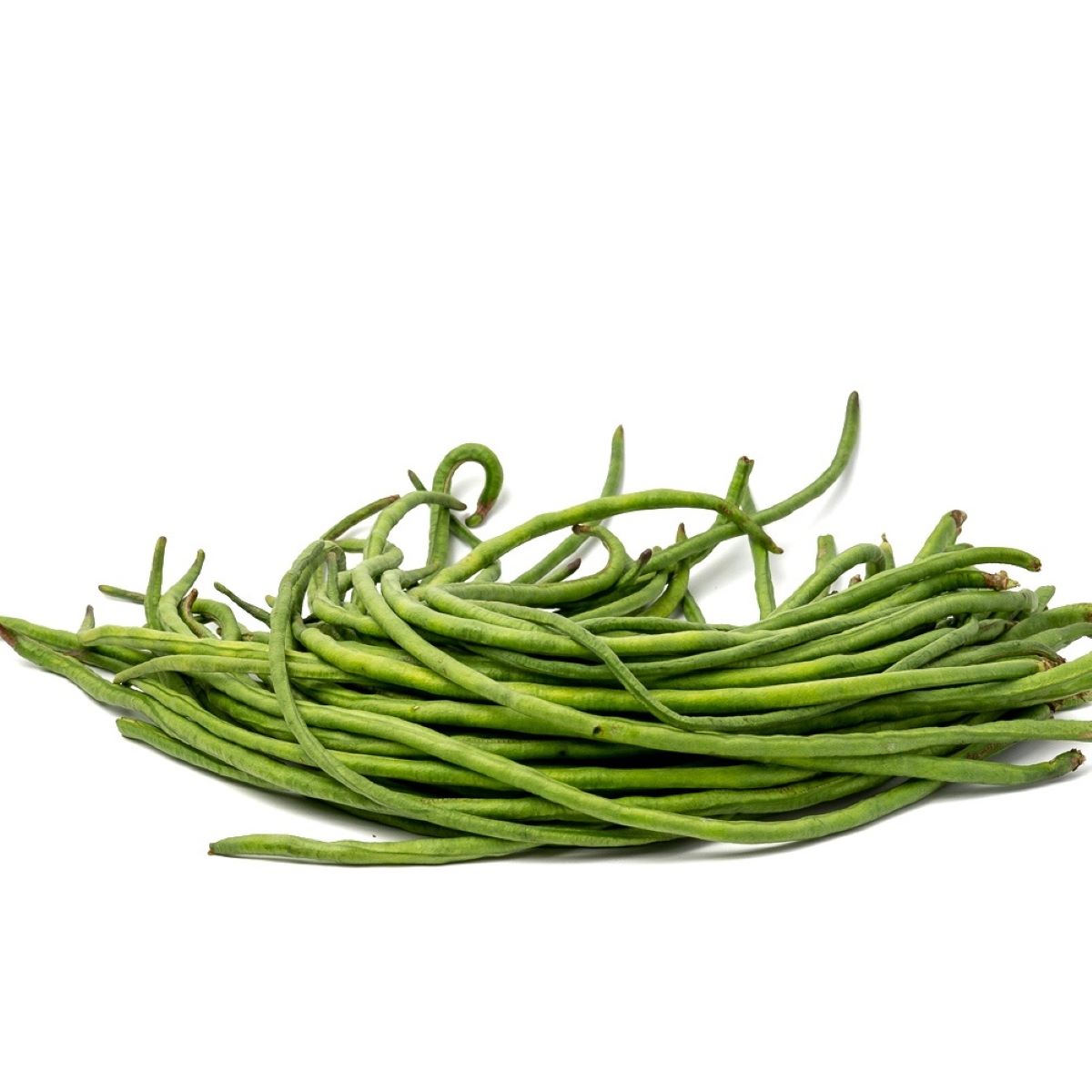
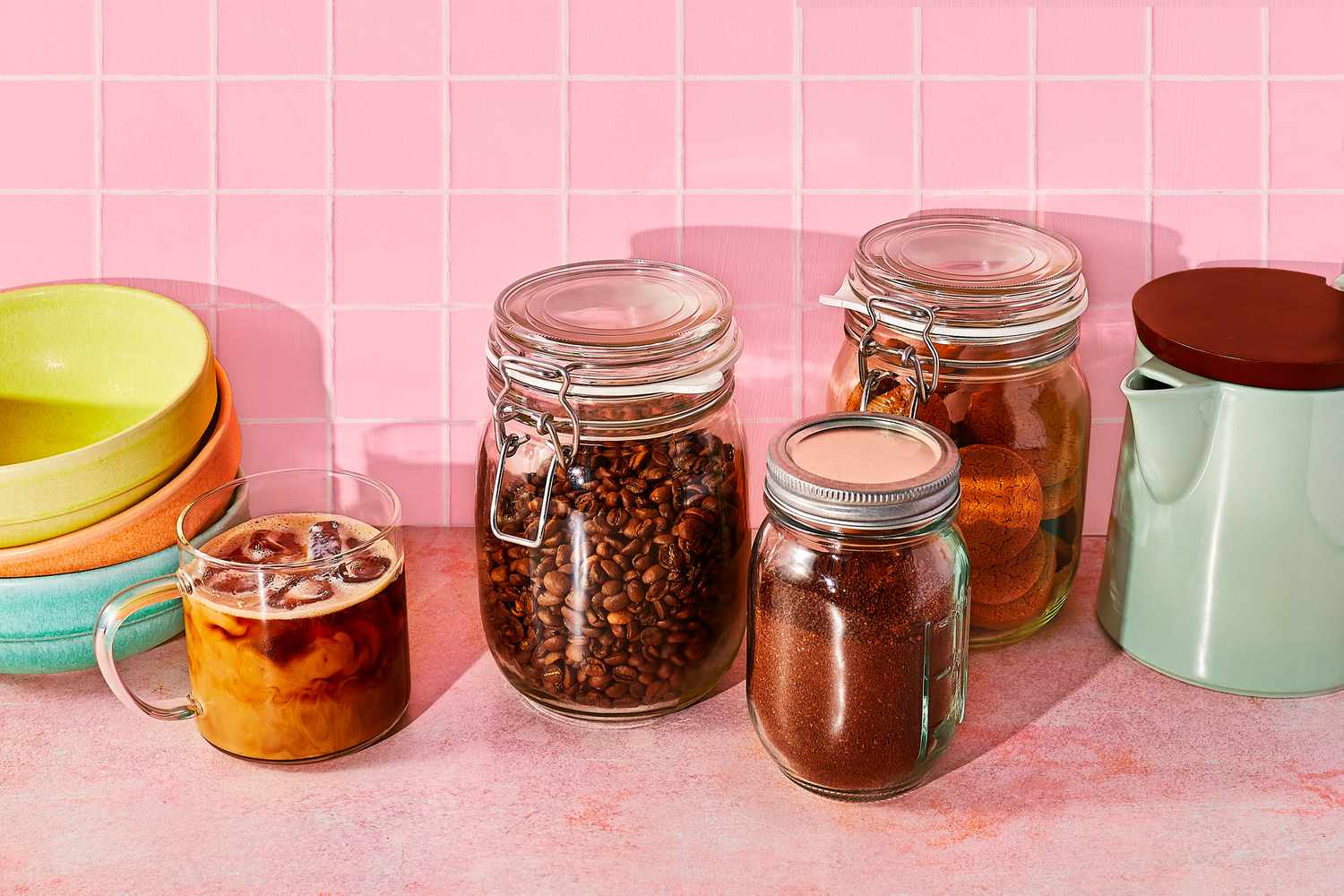

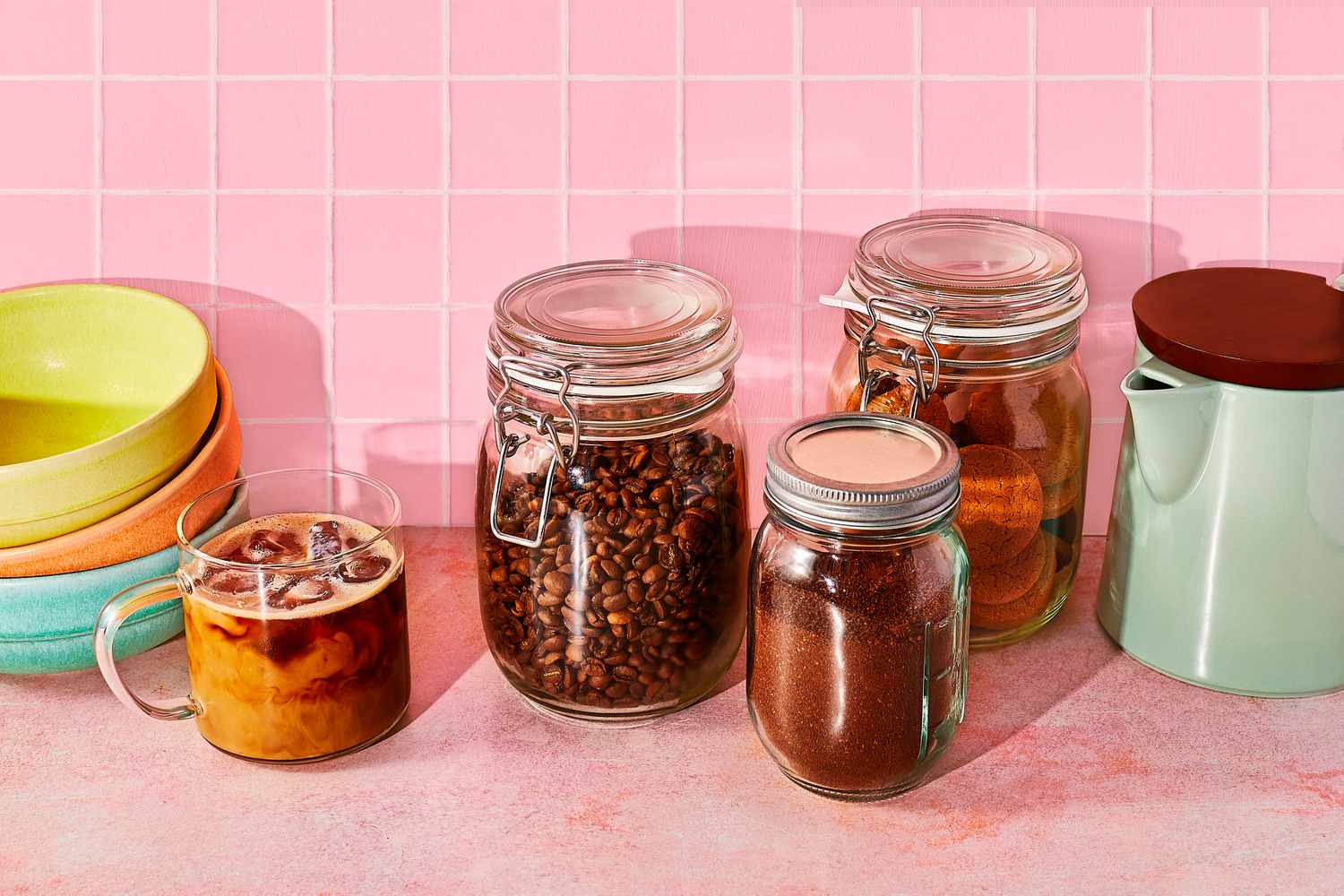

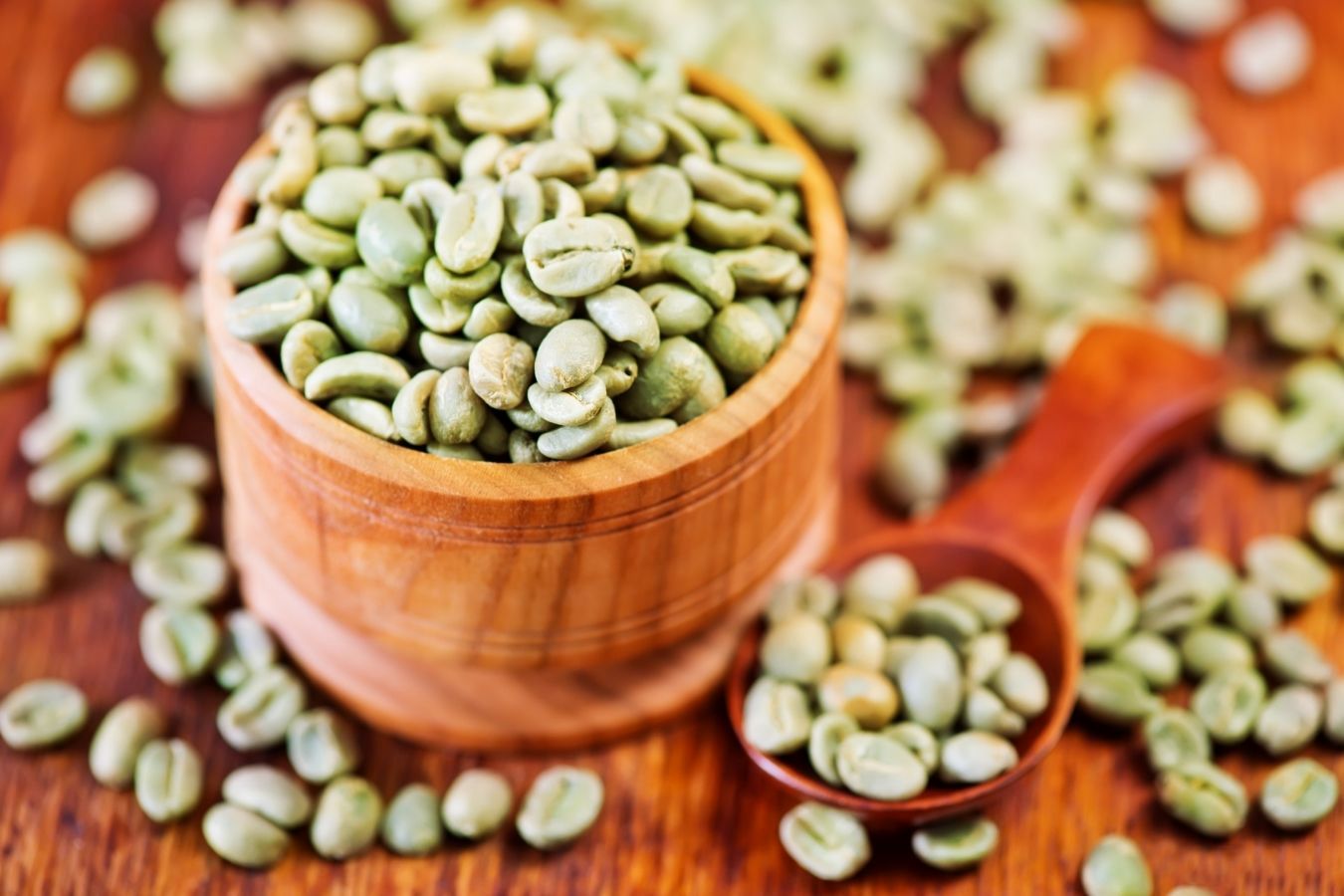
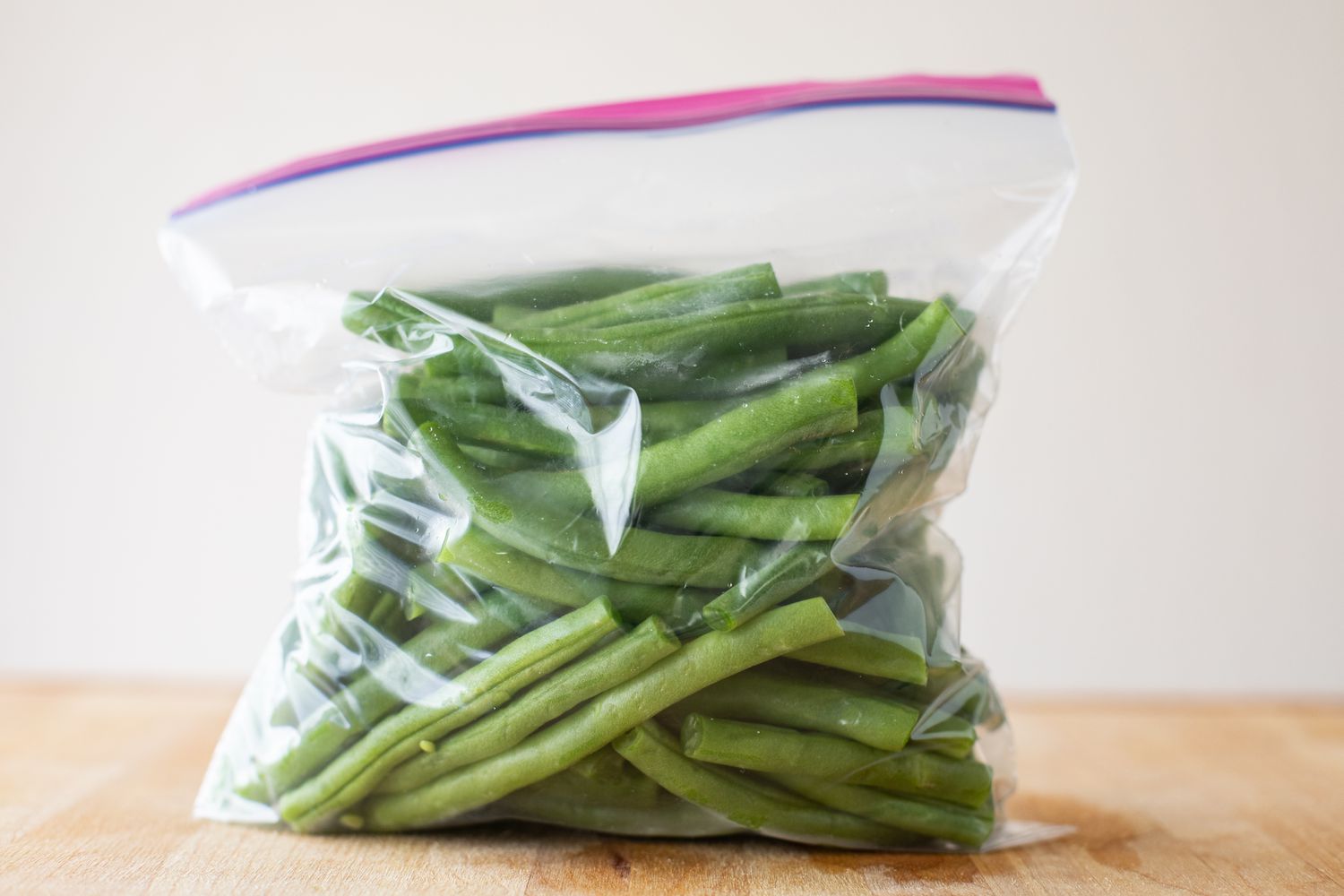
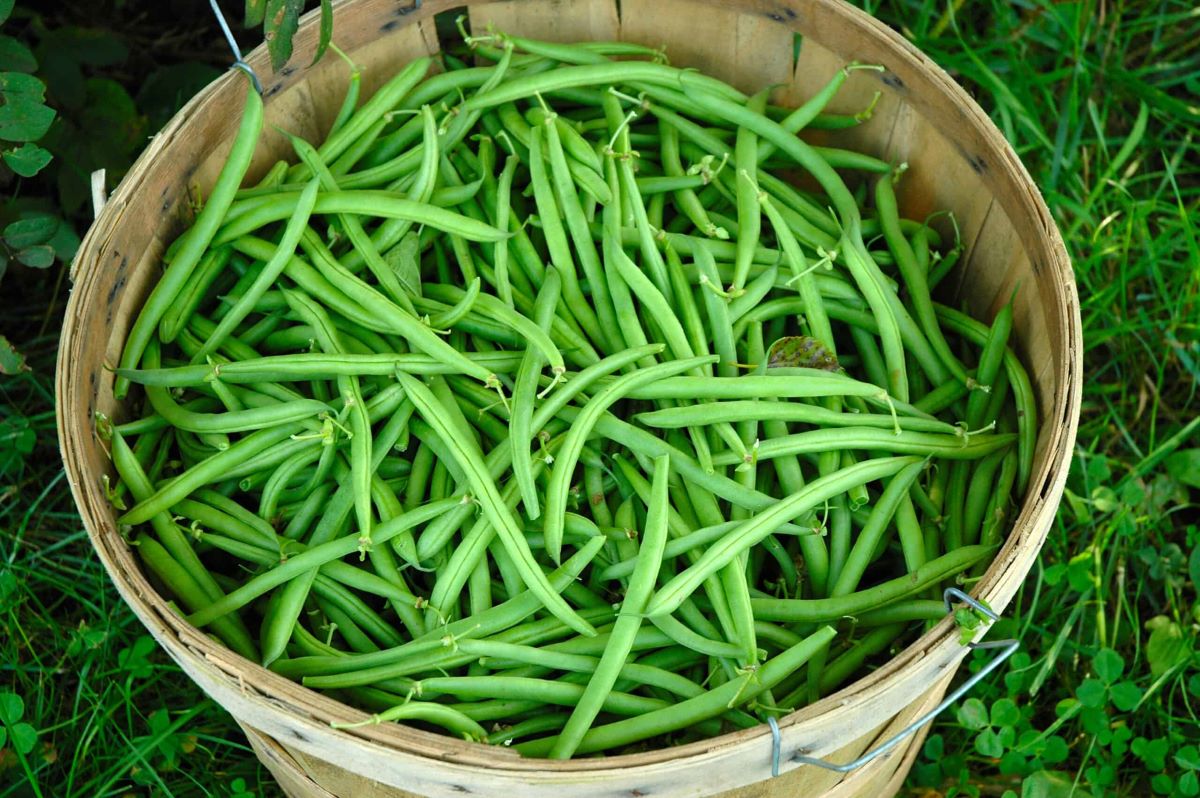
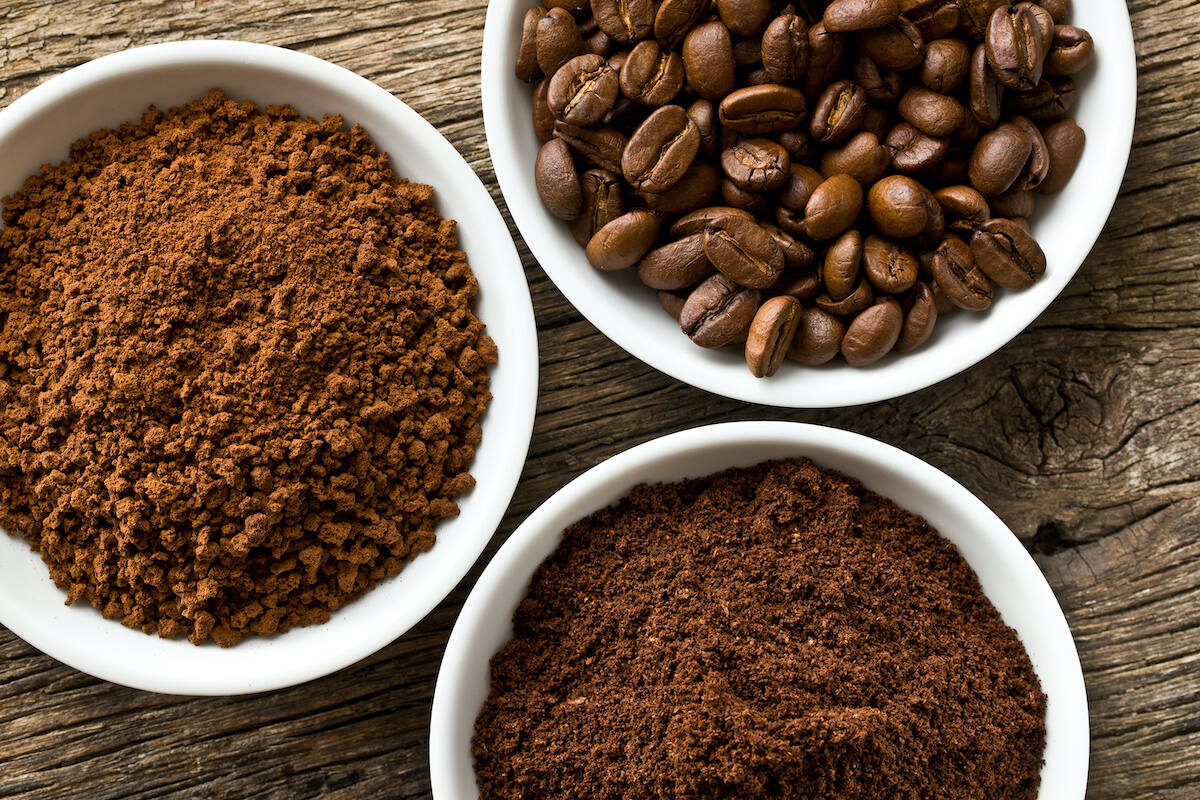
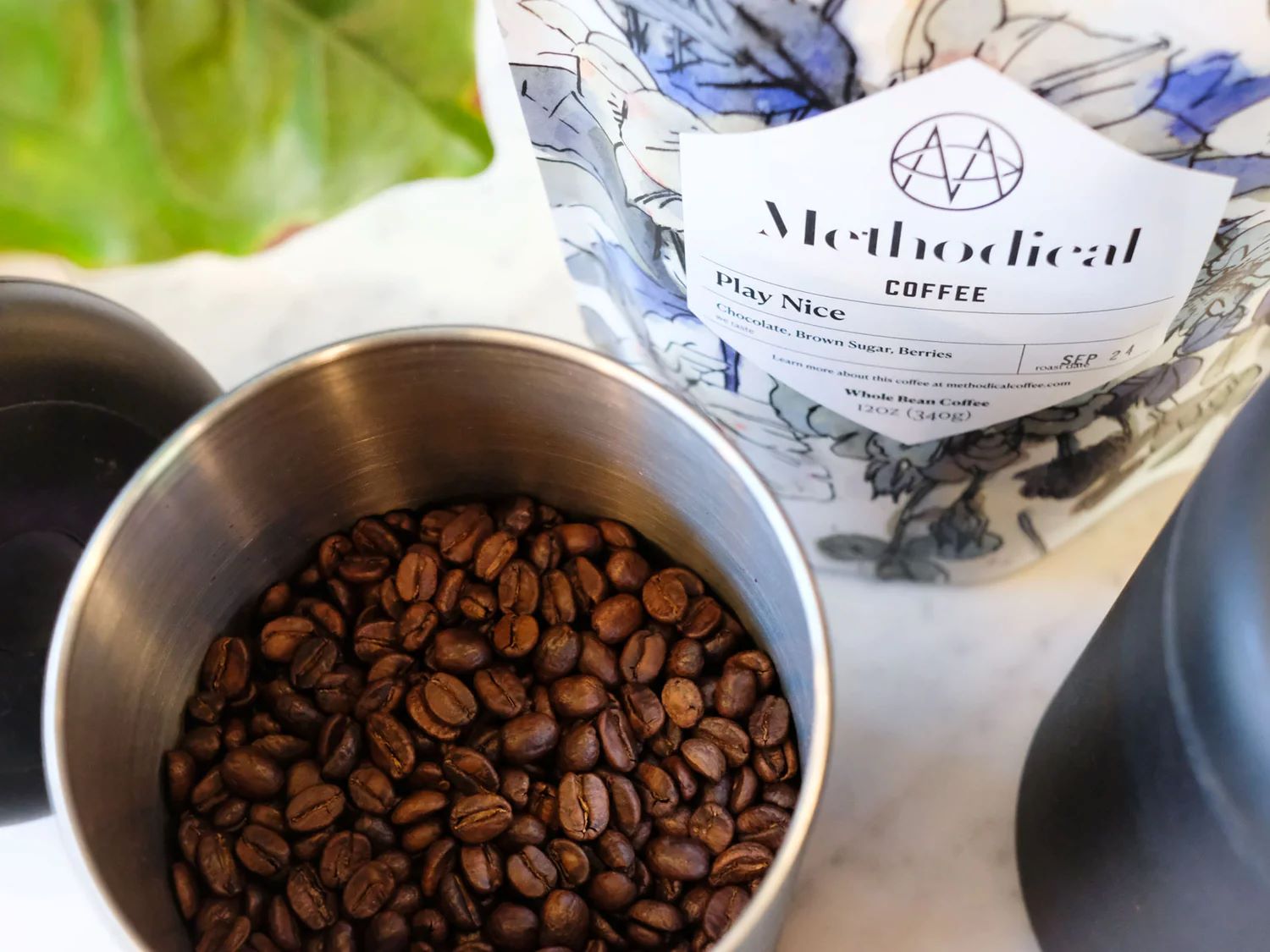
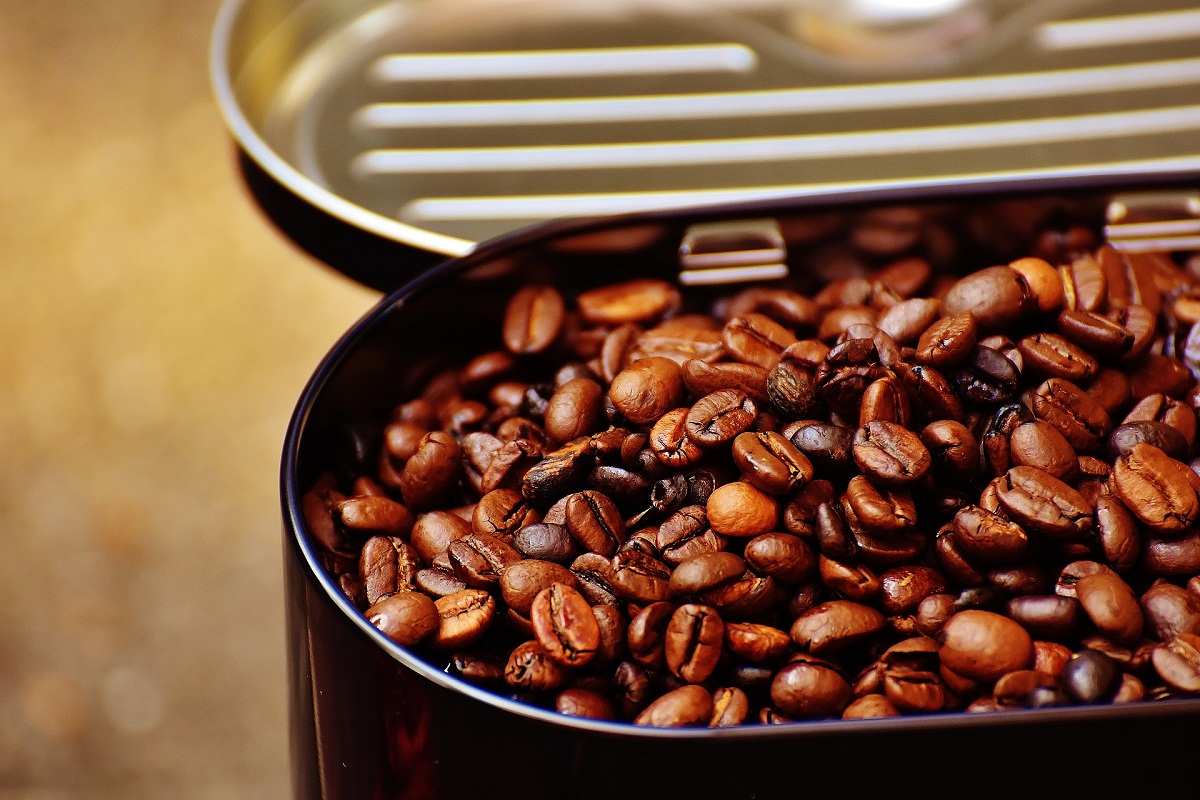

0 thoughts on “How To Store Fresh Coffee Beans”